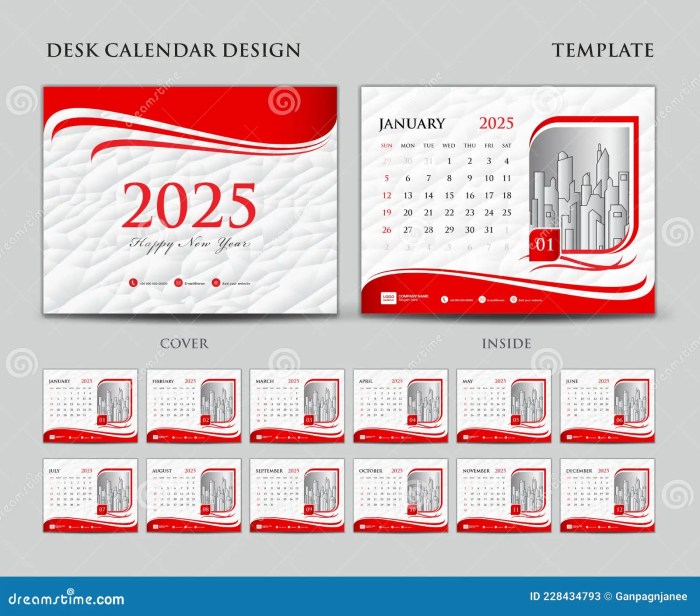2025 luxury car comparison sets the stage for an in-depth look at the evolving landscape of high-end automobiles. As we navigate through the latest trends, it’s clear that electric vehicles are not just a passing phase; they are reshaping the luxury segment with cutting-edge technology and sustainable practices. From design innovations to advanced safety features, luxury car manufacturers are pushing the boundaries of what high-end vehicles can offer.
This comprehensive analysis will explore the flagship models from leading brands, compare performance metrics, and dive into the lavish interiors that define this market. By examining customer preferences and the increasing importance of eco-friendliness, we can gain valuable insights into the priorities of today’s luxury car buyers.
Overview of Luxury Cars in 2025

The luxury car market in 2025 is characterized by innovation and transformation, driven by advancements in technology and evolving consumer preferences. As luxury car manufacturers embrace sustainability, the integration of electric vehicle technology has become a pivotal trend reshaping the industry. This article delves into the key trends and influences that define the luxury segment, ensuring that the needs of discerning customers are met with elegance and performance.
Key trends influencing luxury vehicle design and technology include:
- Increased focus on electric and hybrid powertrains
- Integration of artificial intelligence in driving and safety features
- Customization options for enhanced personalization
- Emphasis on sustainable materials within the manufacturing process
The impact of electric vehicles on the luxury car segment is profound, with many luxury brands launching fully electric models that blend high performance with eco-friendliness. Brands like Tesla and Porsche are leading the charge, demonstrating that sustainability does not compromise luxury or performance.
Comparison of Top Luxury Car Brands
In 2025, several luxury car brands stand out for their flagship models and unique innovations. The following table Artikels key comparisons among major luxury brands, highlighting their flagship models and distinctive features.
| Brand | Flagship Model | Innovations | Reputation |
|---|---|---|---|
| Mercedes-Benz | S-Class | Advanced driver-assistance systems | Long-standing heritage in luxury and performance |
| BMW | 7 Series | Adaptive LED headlights | Known for sporty performance and luxury |
| Audi | A8 | Virtual cockpit technology | Innovative design and technology leader |
| Porsche | Porsche Taycan | Electric performance capabilities | Iconic sports car brand with luxury appeal |
Each brand carries a rich history and reputation in the luxury market, reflecting their commitment to quality and excellence.
Performance Metrics of Luxury Vehicles
Evaluating luxury vehicles involves multiple performance criteria that reflect the quality and capability of the car. Critical metrics include speed, handling, and comfort, providing insights into the vehicle’s overall driving experience. A detailed comparison of horsepower and torque ratings among top models reveals significant advancements in engine technologies.
The following comparison illustrates the horsepower and torque ratings of notable luxury vehicles in 2025:
- Mercedes-Benz S-Class: 496 hp, 516 lb-ft
- BMW 7 Series: 536 hp, 553 lb-ft
- Audi A8: 453 hp, 487 lb-ft
- Porsche Taycan: 616 hp, 774 lb-ft
These advancements highlight the merging of performance with luxury, showcasing how brands are pushing boundaries to deliver exceptional driving experiences.
Interior Features and Technology, 2025 luxury car comparison
The interior of luxury cars in 2025 is more than just a space; it encapsulates comfort and cutting-edge technology. Key interior features that define luxury vehicles include:
- High-quality, eco-friendly materials
- State-of-the-art sound systems
- Advanced climate control systems
- Customizable ambient lighting
Advancements in infotainment systems and connectivity have enhanced the driving experience, with features such as voice-activated controls and seamless smartphone integration becoming standard. Luxury automakers prioritize driver and passenger comfort, ensuring that every journey is not just a drive but an experience.
Safety Features and Ratings
Safety remains paramount in luxury vehicles, with the latest technologies integrated to protect occupants. Innovations include advanced collision avoidance systems, adaptive cruise control, and automated parking features. A comparison of safety ratings from reputable organizations reveals the high standards met by luxury brands.
The following table showcases the standard and optional safety features offered by various luxury brands:
| Brand | Standard Features | Optional Features |
|---|---|---|
| Mercedes-Benz | Automatic emergency braking, lane-keeping assist | Adaptive cruise control, 360-degree camera |
| BMW | Blind-spot monitoring, traffic jam assist | Active driving assistant, night vision |
| Audi | Pre-sense safety system, rear cross-traffic alert | Park assist, adaptive headlights |
| Porsche | Stability management, emergency braking | Advanced driver assistance package, thermal imaging |
Such features not only enhance safety but also provide peace of mind for luxury car buyers.
Pricing and Value Proposition

In 2025, luxury car manufacturers employ various pricing strategies to appeal to a diverse clientele. The value proposition of different luxury cars is assessed based on features, performance, and brand reputation. Notably, potential buyers weigh the cost of ownership against the benefits of luxury features and resale values.
Pricing examples for flagship models include:
- Mercedes-Benz S-Class: Starting at $110,000
- BMW 7 Series: Starting at $100,000
- Audi A8: Starting at $85,000
- Porsche Taycan: Starting at $120,000
Luxury vehicles often retain value well, with strong demand for used models contributing to a more favorable resale market.
Sustainability and Eco-Friendliness
Sustainability continues to gain traction among luxury car brands in 2025, with many adopting eco-friendly practices. Luxury manufacturers are increasingly utilizing sustainable materials in both vehicle interiors and exteriors, aligning with consumer expectations for environmentally responsible products.
Examples of eco-friendly materials include:
- Recycled plastics in interior components
- Biodegradable upholstery options
- Sustainable wood sourced from responsibly managed forests
With sustainability at the forefront, luxury car buyers are more inclined to make purchases that reflect their values and environmental responsibilities.
Customer Preferences and Market Insights
Demographic trends among luxury car buyers in 2025 reveal a shift towards younger consumers who prioritize technology and sustainability in their purchasing decisions. Factors influencing customer preferences include brand reputation, technological features, and eco-friendliness.
Insights from market research indicate emerging buyer behaviors, such as:
- A preference for electric and hybrid vehicles
- Increased demand for personalized experiences
- A focus on connectivity and smart technology in vehicles
Understanding these trends allows luxury brands to tailor their offerings to meet the evolving expectations of consumers in a competitive market.
Final Wrap-Up: 2025 Luxury Car Comparison

In summary, the 2025 luxury car comparison highlights a remarkable shift in the automotive industry, showcasing innovation and sustainability as core values for luxury brands. With a strong emphasis on performance, comfort, and advanced technology, these vehicles are not merely modes of transportation but symbols of status and environmental responsibility. As the luxury car market continues to evolve, understanding these dynamics will be essential for both consumers and manufacturers alike.